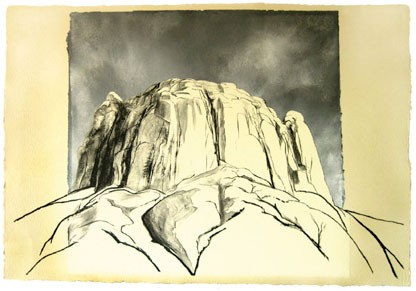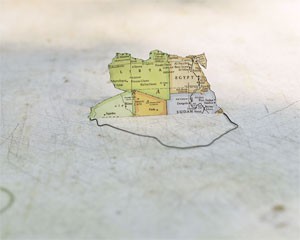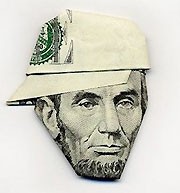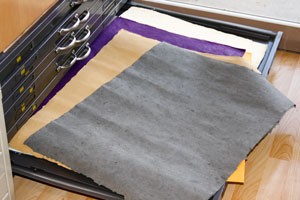 I’m back from Vermont and one of my first tasks is to tackle rearranging my studio. Or at least dealing with some of the boxes I haven’t unpacked since we moved. When packing my studio to move to Santa Fe, I got so overloaded with deciding what to keep and what to get rid of, I finally just put everything in boxes and brought it with me. There’s been so much to do to get our house set up, I’ve not unpacked several of those boxes. And the other day when I finally did, I got a pleasant surprise — a little roll of 2 sheets of handmade paper from Cavepaper, one mustard colored and the other grey blue. When I unwrapped them, I gave up on unpacking and rearranging and instead spent the rest of the afternoon going through my paper stash, getting reacquainted.
I’m back from Vermont and one of my first tasks is to tackle rearranging my studio. Or at least dealing with some of the boxes I haven’t unpacked since we moved. When packing my studio to move to Santa Fe, I got so overloaded with deciding what to keep and what to get rid of, I finally just put everything in boxes and brought it with me. There’s been so much to do to get our house set up, I’ve not unpacked several of those boxes. And the other day when I finally did, I got a pleasant surprise — a little roll of 2 sheets of handmade paper from Cavepaper, one mustard colored and the other grey blue. When I unwrapped them, I gave up on unpacking and rearranging and instead spent the rest of the afternoon going through my paper stash, getting reacquainted.
 Then yesterday a wonderful word showed up on word spy: “paperphilia”
Then yesterday a wonderful word showed up on word spy: “paperphilia”
n. A deep appreciation for the aesthetic qualities of paper; a preference for reading items printed on paper rather than displayed on a screen.
Here’s one citation they give (all of them here):
Why Moleskines, and why now? Their resurgence coincided exactly with the rise of digital connectedness, and my gut told me the two must be related. But how? Was it just nostalgia, an effort to escape from the messiness of the present into the simplicity of an idealized past? Maybe paperphilia really isn’t so different from the recessive pinings that motivate some people to own antique cars.
—William Powers, Hamlet’s Blackberry, Harper, June 29, 2010
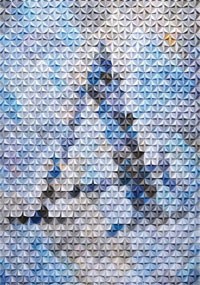 According to Francisca Prieto’s website, she is
According to Francisca Prieto’s website, she is![]() There’s an interview with Francisca here.
There’s an interview with Francisca here.
 I’m back from Vermont and one of my first tasks is to tackle rearranging my studio. Or at least dealing with some of the boxes I haven’t unpacked since we moved. When packing my studio to move to Santa Fe, I got so overloaded with deciding what to keep and what to get rid of, I finally just put everything in boxes and brought it with me. There’s been so much to do to get our house set up, I’ve not unpacked several of those boxes. And the other day when I finally did, I got a pleasant surprise — a little roll of 2 sheets of handmade paper from
I’m back from Vermont and one of my first tasks is to tackle rearranging my studio. Or at least dealing with some of the boxes I haven’t unpacked since we moved. When packing my studio to move to Santa Fe, I got so overloaded with deciding what to keep and what to get rid of, I finally just put everything in boxes and brought it with me. There’s been so much to do to get our house set up, I’ve not unpacked several of those boxes. And the other day when I finally did, I got a pleasant surprise — a little roll of 2 sheets of handmade paper from 